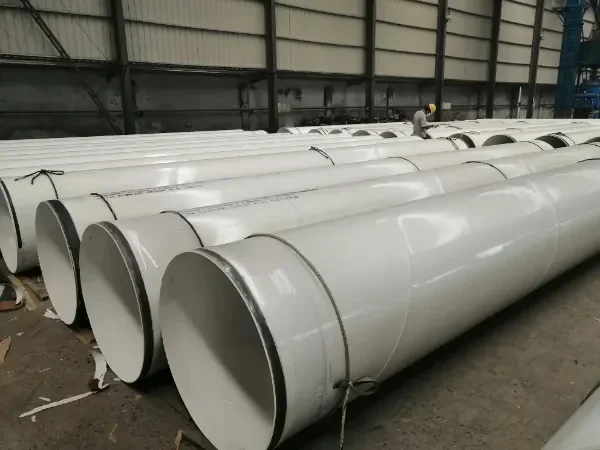Precautions for the installation of drinking water pipes
With the improvement of people's living standards, the quality requirements for drinking water are also getting higher and higher. The installation of drinking water pipelines is an important part of ensuring the quality of drinking water. When installing drinking water pipes, some precautions need to be taken to ensure the safety and sanitation of drinking water. This article will discuss the precautionary measures for drinking water pipeline installation.
Choice of pipe material
First of all, the choice of pipe material is very important. Pipe materials that meet national standards should be selected, such as PE, PP, PVC, etc. These materials have the characteristics of corrosion resistance, high-temperature resistance, and pressure resistance, which can ensure the safety and sanitation of drinking water. At the same time, it is also necessary to pay attention to the thickness and quality of the pipe material to ensure the durability and stability of the pipe.
Pipe installation
During the installation of the pipeline, the following points should be paid attention to:
1. The construction of the pipeline should be carried out in a dry and well-ventilated environment, and avoid construction in damp and dark places.
2. The installation of pipelines should be carried out in accordance with national standards to avoid problems such as loose connection of pipelines and excessive bending of pipelines.
3. During the installation process, it is necessary to use professional tools and equipment to avoid damage to the pipeline or lose connections caused by the use of inappropriate tools and equipment.
4. After the pipeline installation is completed, a hydrostatic test is required to ensure the quality and safety of the pipeline.

Pipeline maintenance
After the pipeline installation is completed, regular pipeline maintenance is also required to ensure the safety and sanitation of the pipeline. Here are some dos and don'ts for plumbing maintenance:
1. Clean the pipes regularly to avoid the accumulation of dirt and bacteria inside the pipes.
2. Regularly replace the pipeline filter to avoid filter clogging and affecting water quality.
3. Regularly check whether the pipe connection is tight to avoid water leakage and pollution.
4. Regularly check whether there are problems such as aging and cracks in the pipeline, and replace the damaged pipeline in time.
Disinfection of pipes
After the pipeline installation is completed, pipeline disinfection is also required to ensure the sanitation and safety of the pipeline. Here are some dos and don'ts for pipe sanitization:
1. Choose a suitable disinfectant, such as sodium hypochlorite, hydrogen peroxide, etc., and avoid using toxic and harmful disinfectants
2. Disinfect according to the instructions of the disinfectant to avoid overuse or underuse.
3. During the disinfection process, you need to protect your body and avoid contact with disinfectants.
4. After disinfection, adequate flushing is required to avoid the impact of disinfectant residue on human health.
In short, the installation of drinking water pipelines is an important part of ensuring the quality of drinking water. During the installation process, it is necessary to pay attention to the selection of pipeline materials, the installation of pipelines, the maintenance of pipelines and the disinfection of pipelines and other preventive measures to ensure the safety and sanitation of drinking water. At the same time, it is also necessary to strengthen the supervision and management of the installation of drinking water pipelines to avoid problems such as irregular installation and substandard quality and to ensure the health and safety of the people.
Precautions for the use of steel pipes for drinking water projects
Precautions for anticorrosive production of drinking water pipeline
What kind of anticorrosion is better for drinking water pipes?






